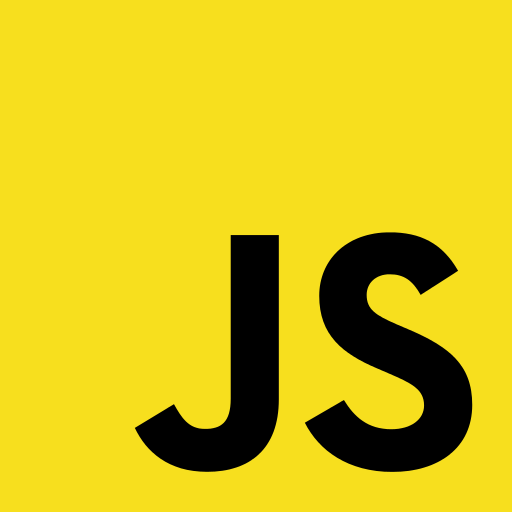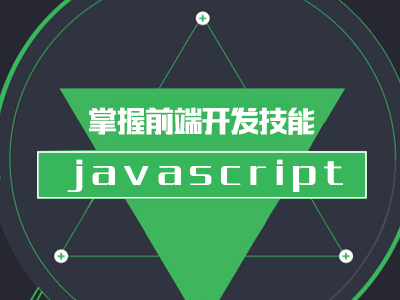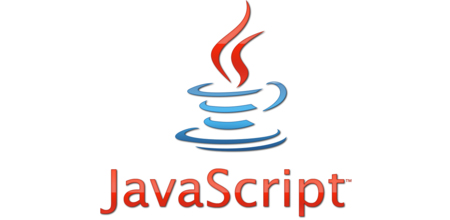Summary of related courses for the advanced series
Function declaration Function assignment expression Assignment expression of named function Functions are first-class objects in JavaScript, which means that functions can be passed like other values. A common usage is to pass an anonymous function as a callback function into an asynchronous function. The method above the function declaration function foo() {} will be parsed (hoisted) before execution, so it exists anywhere in the current context, even if it is called above the function definition body. foo(); // Runs normally because foo has been created before the code runs function foo() {Function assignment expression var foo = function() {}; This example assigns an anonymous function to variable foo. foo; // 'undefined' foo(); // Error
1. JavaScript Advanced Series - Function Declaration and Expression

Introduction: Functions are first-class objects in JavaScript, which means they can be passed around like other values. A common usage is to pass an anonymous function as a callback function into an asynchronous function.
2. JavaScript Advanced Series—Equality and Comparison in Types

Introduction: The equal operator consists of two equal signs: == JavaScript is a weakly typed language, which means that the equal operator will perform a cast in order to compare two values.
3. JavaScript Advanced Series—How this works

##Introduction: JavaScript has a completely different mechanism for processing this than other languages. In five different cases, this points to something different.
4. JavaScript Advanced Series - Closures and References

5.
JavaScript Advanced Series—arguments Object

6.
JavaScript Advanced Series—Why not use eval
 ##Introduction: The eval function executes a JavaScript code string in the current scope.
##Introduction: The eval function executes a JavaScript code string in the current scope.
7.
JavaScript Advanced Series—Scope and Namespace ##Introduction: Although JavaScript supports code segments created by a pair of curly braces, it does not support block-level scope; it only supports function scope.
##Introduction: Although JavaScript supports code segments created by a pair of curly braces, it does not support block-level scope; it only supports function scope.
8. JavaScript Advanced Series - for in loop
##Introduction: Like the in operator, the for in loop also traverses all properties on the prototype chain when looking for object properties.
9. JavaScript Advanced Series—Object Usage and Properties

##Introduction: A common misunderstanding is that numerical literals cannot be used as objects. This is due to a bug in the JavaScript parser, which attempts to parse dot operators as part of a floating-point literal value.
10. JavaScript Advanced Series—Prototype

The above is the detailed content of Summary of related courses for the advanced series. For more information, please follow other related articles on the PHP Chinese website!

Hot AI Tools

Undresser.AI Undress
AI-powered app for creating realistic nude photos

AI Clothes Remover
Online AI tool for removing clothes from photos.

Undress AI Tool
Undress images for free

Clothoff.io
AI clothes remover

Video Face Swap
Swap faces in any video effortlessly with our completely free AI face swap tool!

Hot Article

Hot Tools

Notepad++7.3.1
Easy-to-use and free code editor

SublimeText3 Chinese version
Chinese version, very easy to use

Zend Studio 13.0.1
Powerful PHP integrated development environment

Dreamweaver CS6
Visual web development tools

SublimeText3 Mac version
God-level code editing software (SublimeText3)

Hot Topics
 What should I do if I encounter garbled code printing for front-end thermal paper receipts?
Apr 04, 2025 pm 02:42 PM
What should I do if I encounter garbled code printing for front-end thermal paper receipts?
Apr 04, 2025 pm 02:42 PM
Frequently Asked Questions and Solutions for Front-end Thermal Paper Ticket Printing In Front-end Development, Ticket Printing is a common requirement. However, many developers are implementing...
 Who gets paid more Python or JavaScript?
Apr 04, 2025 am 12:09 AM
Who gets paid more Python or JavaScript?
Apr 04, 2025 am 12:09 AM
There is no absolute salary for Python and JavaScript developers, depending on skills and industry needs. 1. Python may be paid more in data science and machine learning. 2. JavaScript has great demand in front-end and full-stack development, and its salary is also considerable. 3. Influencing factors include experience, geographical location, company size and specific skills.
 Demystifying JavaScript: What It Does and Why It Matters
Apr 09, 2025 am 12:07 AM
Demystifying JavaScript: What It Does and Why It Matters
Apr 09, 2025 am 12:07 AM
JavaScript is the cornerstone of modern web development, and its main functions include event-driven programming, dynamic content generation and asynchronous programming. 1) Event-driven programming allows web pages to change dynamically according to user operations. 2) Dynamic content generation allows page content to be adjusted according to conditions. 3) Asynchronous programming ensures that the user interface is not blocked. JavaScript is widely used in web interaction, single-page application and server-side development, greatly improving the flexibility of user experience and cross-platform development.
 How to merge array elements with the same ID into one object using JavaScript?
Apr 04, 2025 pm 05:09 PM
How to merge array elements with the same ID into one object using JavaScript?
Apr 04, 2025 pm 05:09 PM
How to merge array elements with the same ID into one object in JavaScript? When processing data, we often encounter the need to have the same ID...
 Is JavaScript hard to learn?
Apr 03, 2025 am 12:20 AM
Is JavaScript hard to learn?
Apr 03, 2025 am 12:20 AM
Learning JavaScript is not difficult, but it is challenging. 1) Understand basic concepts such as variables, data types, functions, etc. 2) Master asynchronous programming and implement it through event loops. 3) Use DOM operations and Promise to handle asynchronous requests. 4) Avoid common mistakes and use debugging techniques. 5) Optimize performance and follow best practices.
 How to achieve parallax scrolling and element animation effects, like Shiseido's official website?
or:
How can we achieve the animation effect accompanied by page scrolling like Shiseido's official website?
Apr 04, 2025 pm 05:36 PM
How to achieve parallax scrolling and element animation effects, like Shiseido's official website?
or:
How can we achieve the animation effect accompanied by page scrolling like Shiseido's official website?
Apr 04, 2025 pm 05:36 PM
Discussion on the realization of parallax scrolling and element animation effects in this article will explore how to achieve similar to Shiseido official website (https://www.shiseido.co.jp/sb/wonderland/)...
 How to implement panel drag and drop adjustment function similar to VSCode in front-end development?
Apr 04, 2025 pm 02:06 PM
How to implement panel drag and drop adjustment function similar to VSCode in front-end development?
Apr 04, 2025 pm 02:06 PM
Explore the implementation of panel drag and drop adjustment function similar to VSCode in the front-end. In front-end development, how to implement VSCode similar to VSCode...
 The difference in console.log output result: Why are the two calls different?
Apr 04, 2025 pm 05:12 PM
The difference in console.log output result: Why are the two calls different?
Apr 04, 2025 pm 05:12 PM
In-depth discussion of the root causes of the difference in console.log output. This article will analyze the differences in the output results of console.log function in a piece of code and explain the reasons behind it. �...






